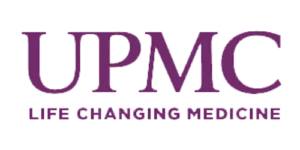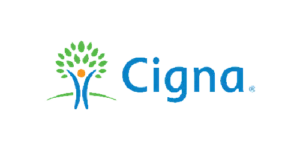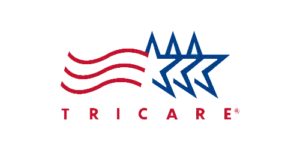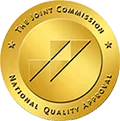Art therapy is facilitated by trained and credentialed professionals who guide clients through various forms of art-making in a safe and supportive environment. This process is not about artistic talent; rather, it emphasizes the journey of self-discovery and emotional release.
At Arkview, we believe that recovery should address the whole person: mind, body, and spirit. That’s why we integrate expressive modalities like art therapy into our evidence-based addiction treatment programs.
This is the most commonly known type of art therapy. It includes drawing, painting, collage-making, and sculpting. These activities allow individuals to externalize their inner world, turning thoughts and emotions into visible forms. For individuals struggling with addiction, creating visual art can provide a powerful outlet for feelings that are hard to verbalize, such as guilt, shame, fear, or hope.
Though often considered its own discipline, music therapy shares common ground with art therapy. It uses sound, rhythm, and melody to facilitate emotional expression, relaxation, and stress reduction. Clients may engage in listening to music, playing instruments, such as participating in a drum circle, or writing lyrics.
This type of expressive therapy uses body movement as a form of emotional expression and healing. Movement can release stored trauma and help individuals reconnect with their physical selves, an important step for people who have numbed their emotions through substance use.
Drama therapy incorporates storytelling, improvisation, role-playing, and performance. It allows clients to act out situations, emotions, or memories in a therapeutic setting, offering fresh perspectives and catharsis.
Also called bibliotherapy, this form of therapy involves journaling, poetry writing, or reading literature to explore thoughts, beliefs, and emotions. Writing allows for deep introspection and can help uncover patterns of behavior or subconscious triggers related to addiction.
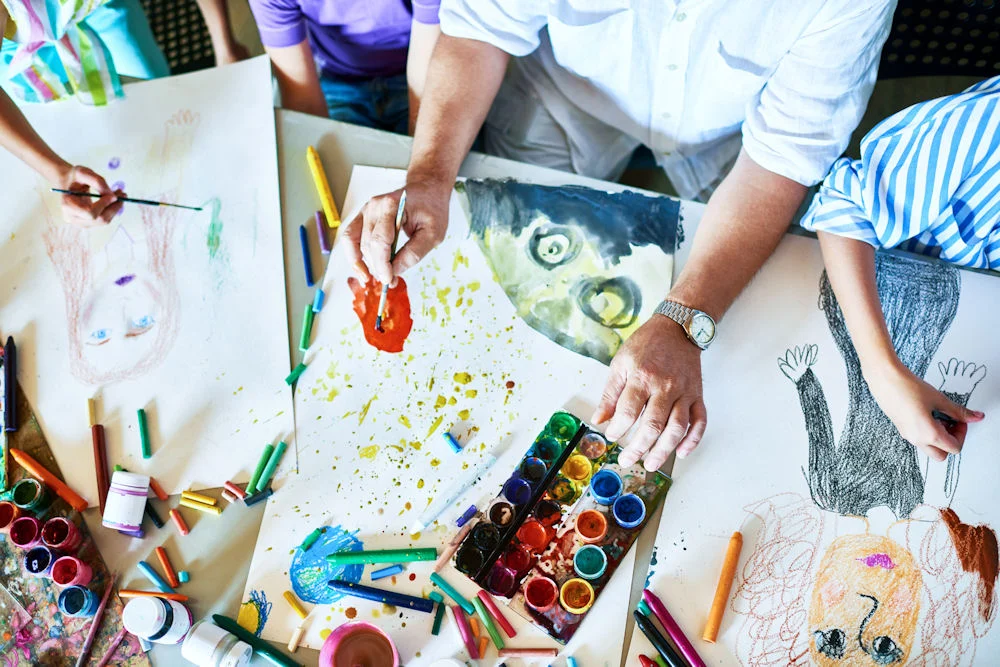
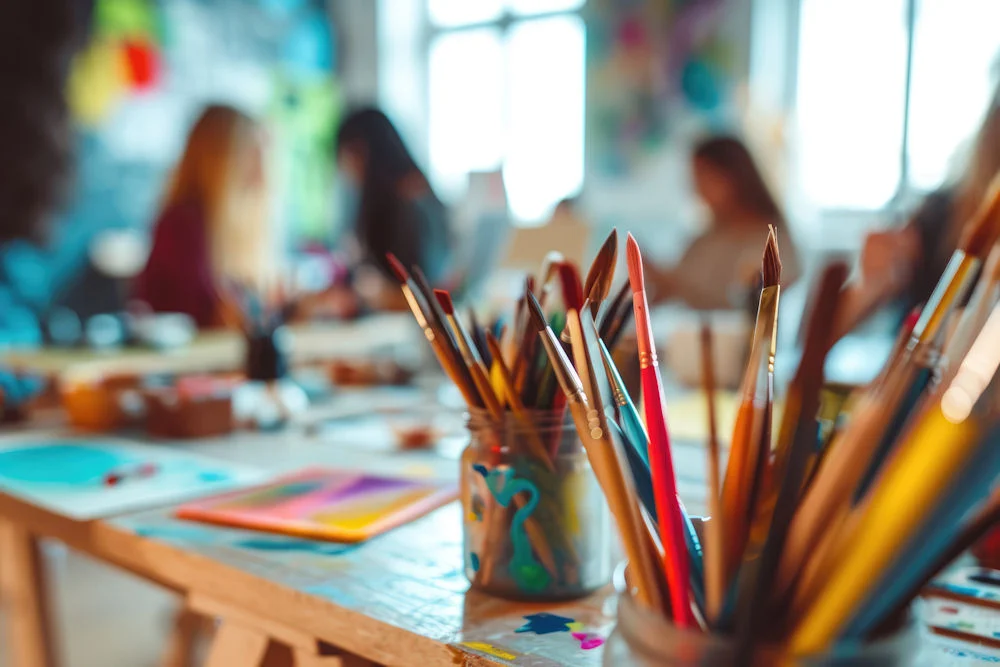
What Are Techniques of Art Therapy?
A therapist may ask a client to close their eyes, imagine a peaceful or triggering scenario, and then draw what they see. This helps connect inner experiences with external representations, opening up meaningful discussions.
Mandalas are circular designs that can represent balance and unity. Creating and coloring mandalas has a calming effect and can help regulate anxiety, a valuable benefit for individuals in recovery.
Using cut-out images and words from magazines, clients create a visual story or vision board. This can be used to explore past trauma or to set intentions for the future, such as visualizing life in recovery.
Creating a self-portrait allows clients to examine their sense of identity. It may help them reflect on who they are today, who they were during active addiction, and who they want to become in recovery.
Clients might be asked to use colors to represent different emotions. This technique helps them recognize and articulate feelings they might otherwise suppress or ignore.
Without specific instructions, clients use any materials available to create freely. This unstructured approach can reveal subconscious thoughts and emotions and is often very liberating.
What Can Art Therapy Help With?
Trauma Processing
Many people struggling with addiction have experienced trauma. Art therapy provides a non-threatening way to process these memories, which may be too painful to verbalize.
Emotional Regulation
Creating art can help individuals recognize, understand, and manage intense emotions such as anger, sadness, and anxiety.
Identity Reconstruction
Addiction can strip individuals of their sense of identity. Art therapy can support the journey of rediscovering who they are beyond their substance use.
Coping Skills Development
By creating art, clients learn to cope with cravings, stress, and interpersonal conflict in healthy, constructive ways.
Communication Enhancement
For clients who struggle to articulate their feelings, art therapy offers an alternative channel of communication that can improve relationships and therapeutic outcomes.
Stress Reduction
The act of creating art is inherently soothing. It activates the parasympathetic nervous system, helping individuals calm their bodies and minds.
What Are the Benefits of Art Therapy?
- Emotional expression: Art helps clients externalize thoughts and feelings, allowing them to confront and release what they’ve kept inside.
- Improved self-esteem: Successfully creating a piece of art can boost confidence and foster a sense of achievement.
- Stress and anxiety reduction: The rhythmic, repetitive actions involved in drawing or painting help soothe the nervous system.
- Encouragement of mindfulness: Art therapy promotes staying in the moment, reducing rumination, and enhancing presence.
- Motivation for recovery: Visualizing goals and dreams through art can make recovery feel more tangible and attainable.
Stronger therapeutic alliances: Art often uncovers topics that may not arise in regular conversation, allowing for deeper connections between client and therapist.
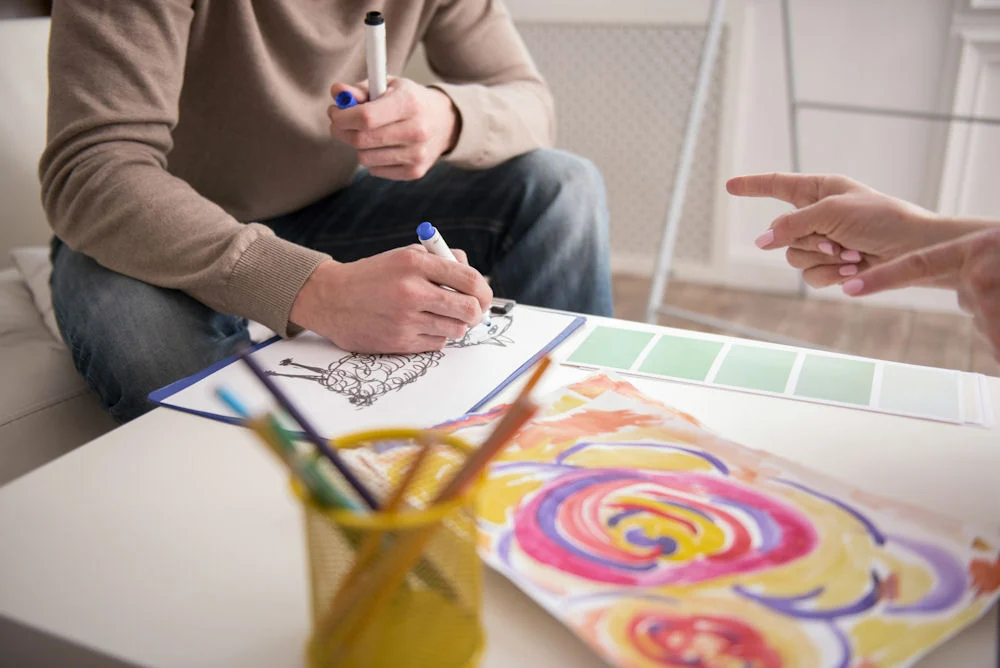
What Is the Effectiveness of Art Therapy?
- Lower cortisol levels, reducing stress
- Improve mood and emotional resilience
- Increase retention in treatment programs
- Support trauma recovery and reduce PTSD symptoms
- Enhance cognitive functioning and problem-solving skills
One study published in the Journal of Addictions Nursing found that participants in an inpatient program who engaged in regular art therapy reported increased emotional expression and reduced symptoms of depression and anxiety.
Additionally, art therapy can be especially helpful in group settings, where participants benefit from social interaction, shared insights, and peer support. Group art sessions at Arkview often lead to meaningful discussions, greater empathy, and a sense of belonging.
What Are Things to Consider About Art Therapy?
Clients don’t need to be artists to benefit. The focus is on expression, not perfection.
Not all art activities are therapeutic. True art therapy should be facilitated by a licensed art therapist or trained counselor familiar with expressive arts techniques.
Just like traditional therapy, art therapy can bring up intense feelings. It’s important that sessions are guided in a safe, structured environment where emotional reactions can be addressed appropriately.
Art therapy works best when used alongside other modalities such as cognitive behavioral therapy (CBT), dialectical behavior therapy (DBT), and medication-assisted treatment (MAT).
As with all forms of therapy, maintaining privacy and creating a judgment-free space is crucial to success.
Art Therapy at Arkview in Mechanicsburg, PA
Whether you are painting your story, collaging your dreams, or sketching your fears, our trained art therapists help you navigate your inner world with compassion and creativity. You don’t need any prior experience or artistic ability, just a willingness to explore. In our supportive environment, you’ll find not only recovery but also reconnection with parts of yourself you may have forgotten.
Start Your Healing Journey Today
Contact us today to begin your path to healing.
https://www.arts.gov/impact/arts-and-health
https://pmc.ncbi.nlm.nih.gov/articles/PMC5764181/
https://pmc.ncbi.nlm.nih.gov/articles/PMC9472646/
https://pmc.ncbi.nlm.nih.gov/articles/PMC8397377/
https://pmc.ncbi.nlm.nih.gov/articles/PMC11743619/
https://pmc.ncbi.nlm.nih.gov/articles/PMC11393726/
https://library.samhsa.gov/sites/default/files/sma15-3991.pdf






